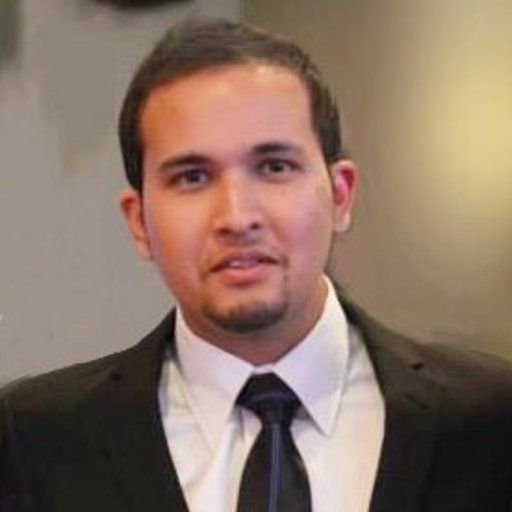
Junior doctor fights deadly disease
A James Cook University researcher has received funding to investigate an early warning system for a disease that kills approximately 2000 Australians every year.
Dr Tejas Singh, a junior doctor at The Townsville Hospital and Research Fellow at the JCU-based Queensland Research Centre for Peripheral Vascular Disease (QRCPVD), has been awarded a quarter-million-dollar research fellowship from Queensland Health (Junior Doctor Research Fellowship) to study Abdominal Aortic Aneurysms (AAA).
AAA – the widening and weakening of the main abdominal artery – kills approximately 200,000 people worldwide each year. About 2 percent of men and 0.5 percent of women aged over 60 years develop the condition.
“In current clinical practice, the progression of the disease and assessment of the risk of rupture is guided by measuring the maximum diameter of the diseased artery,” said Dr Singh.
“We use this measurement to help decide when to perform surgery. However, some AAAs will rupture before they reach the current threshold for repair and some large AAAs remain stable without repair.
This suggests that measuring diameter alone is an imperfect tool for deciding which AAAs require surgical intervention.”
Dr Singh said his research will investigate the possibility of using the mathematical technique of Finite Element Analysis (FEA) coupled with routinely conducted computed tomography (CT) scans to predict the progress of the disease in AAA patients.
“This method of analysis was developed to help engineers find weak spots or areas of tension in their designs. Applied to the CT scan of patients, it may help us identify which patients are most likely to rupture their AAA. The analysis method may therefore provide a more effective means to determine which patients require surgery.”
Dr Singh said using this method to measure the stress on artery walls is non-invasive and once fully developed could be semi-automated for easy use by technicians.
The project is expected to run for 3 years.




